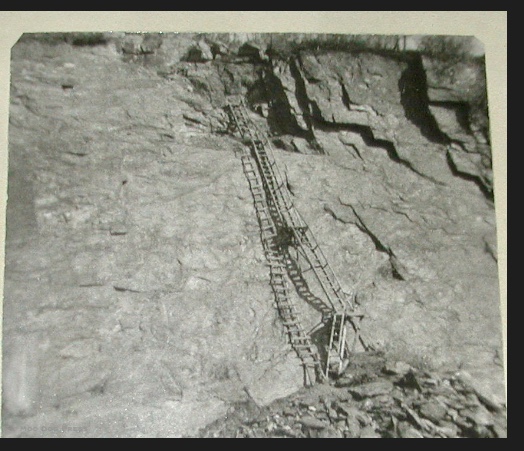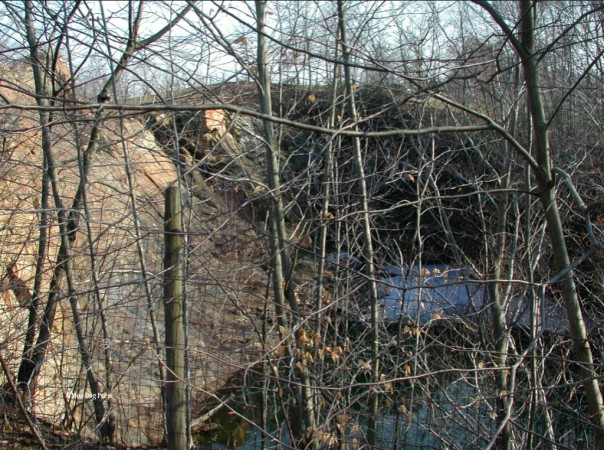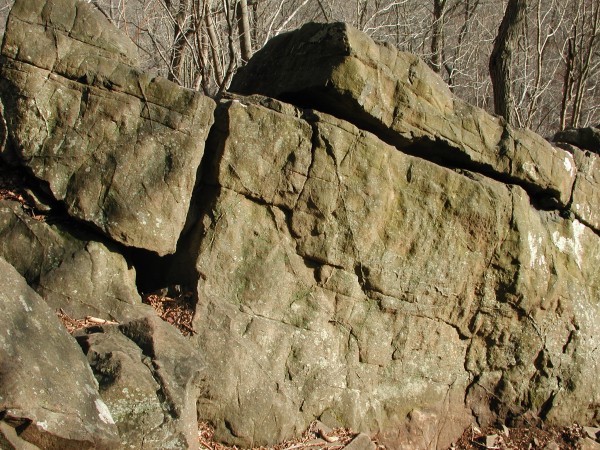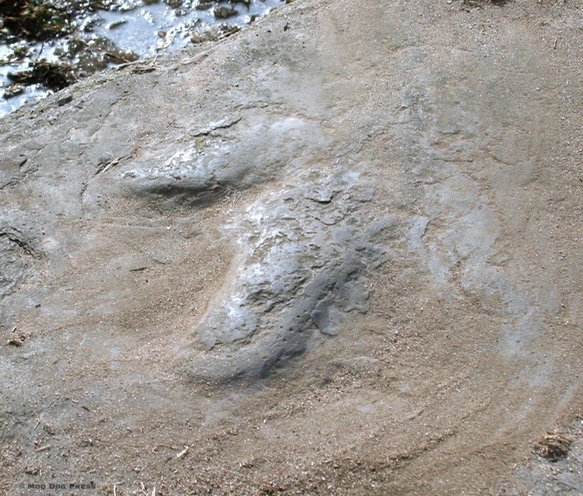‘Rockhounding New England: A Guide to 100 of the Region’s Best…’
“Your intuition knows what to write, so get out of the way.” Ray Bradbury
Isinglass. Schorl. Feldspar. Basalt.
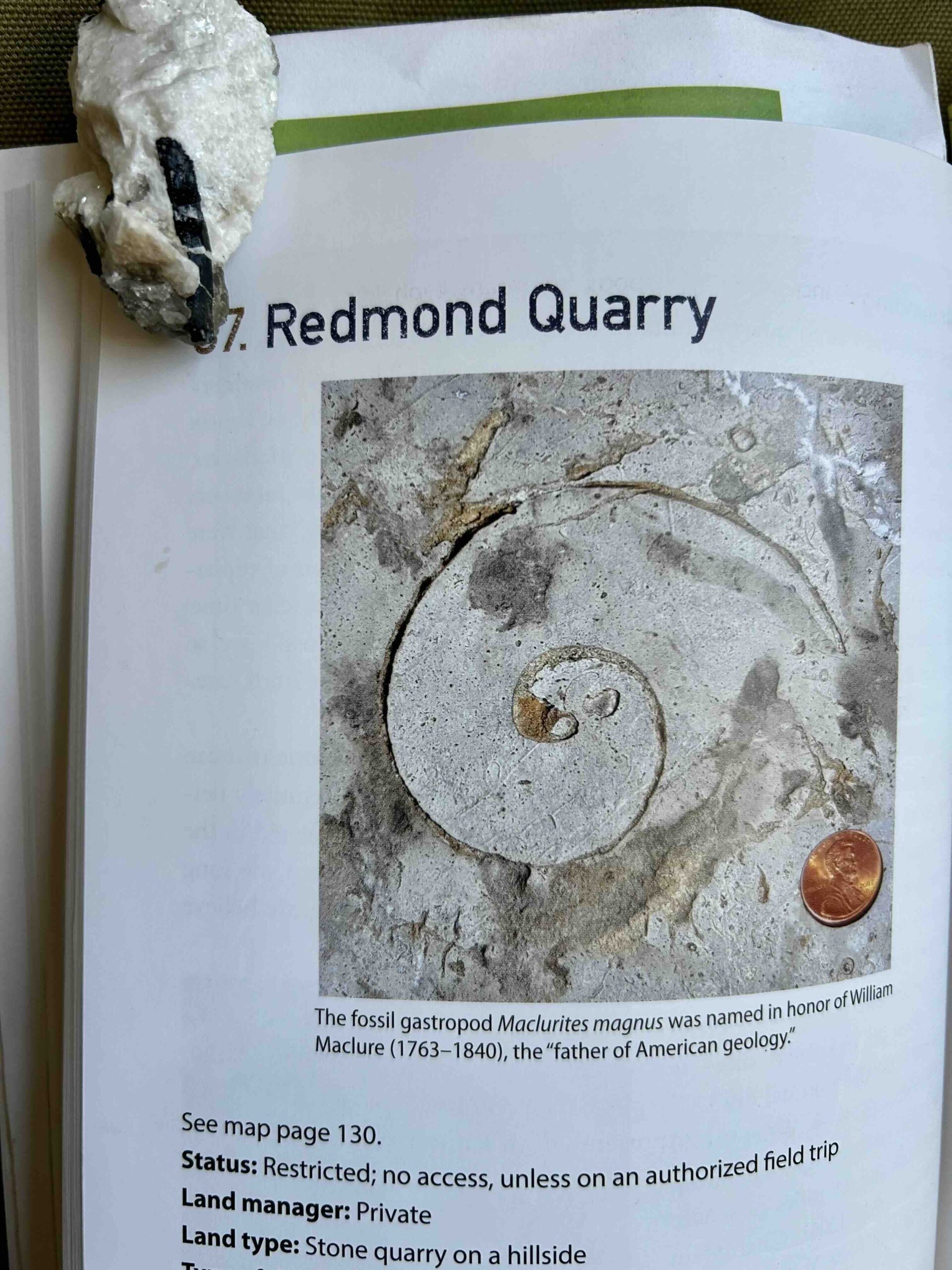
Page detail of the beauty in the author's images inside “Rockhounding New England: A Guide to 100 of the Region's Best Rockhounding Sites (Rockhounding Series) by Peter Cristofono (Falcon Guides)”–and his writing shines too.
Tales of deep time in stone. Natural forces, continents rent asunder. Volcanoes. Lava. Mud flats. Glaciers, outwash plains.
Terminology, delicious words–an ocean named Iapetus. Pegmatite. Galena. Twinned crystals. Clasts. Shale. Gemmy.
Nearly every child notices and picks up small treasures–pebbles, rocks, leaves. (My sister liked earthworms quite a bit; our mother would later find them floating in the washing machine. She learned to always check those pockets first.) Some humans never grow out of this phase. As one of the latter, to connect with a person with similar interests later in life is also a marvel. Out we go, wandering, wondering, collecting bits of flotsam and jetsam. Nostril rock. A shiny mosaic-like mica shard. A jagged clear-crystal (not glass) triangular bit that sits on my desktop–a touchstone for recalling that day. Cave. Icicles like fangs on a sheer cliff. A canine companion that kick-kicks and revels in the laughter she provokes. Memories of visits are the best collection.
Geology in Connecticut and New England? Fascinating, a library of earth processes and time. More to the point, endlessly calling for outings, walks.

Rockhounding New England: A Guide to 100 of the Region's Best Rockhounding Sites (Rockhounding Series) by Peter Cristofono (Falcon Guides). Image links to official site for more about the series.
A image-rich 330-page book to savor by Peter Cristofono (even if a reader will not ever get to these places in person as many are off limits unless on an authorized field trip): “Rockhounding New England: A Guide to 100 of the Region's Best Rockhounding Sites” (Falcon Guides 2020). Each page is packed with details to enjoy. Propped open for lunch, the book contains passages so good that words are read aloud. A bookmark placed to share on the next field trip drive, journey. Thank you, thank you.
Oh man. This book is a wonder. Heavy stock, color images, well-designed pages.
Along with sites, specifics, color images, a reader can pore over the descriptive special attractions as well as places of interest in the area nearby. Social history, connections to human history. Notables.
Listings of resources include mineral clubs — because many of these places must have a leader and be approved to access.
Appendix B is Rock, Mineral, and Fossil Displays. (Be still my heart.) Appendix C is Shops by state. Appendix D is Additional Resources which includes filed trip guide businesses (fee-based) and education events with field trips such as the New England Mineral Conference. The bibliography alone is a trove of more reading.
Accommodations if staying over? Also listed. Directions, maps. elevation, vehicle (in many case, 4WD). Managers, contact. And. Best season.
Because the rocks are also rattlesnake and copperhead habitat with nooks and crannies of old quarries in woodsy places. Microclimates can mean footing can be icy in season and slippery with dew, rain, or recent meltwater. Be aware.
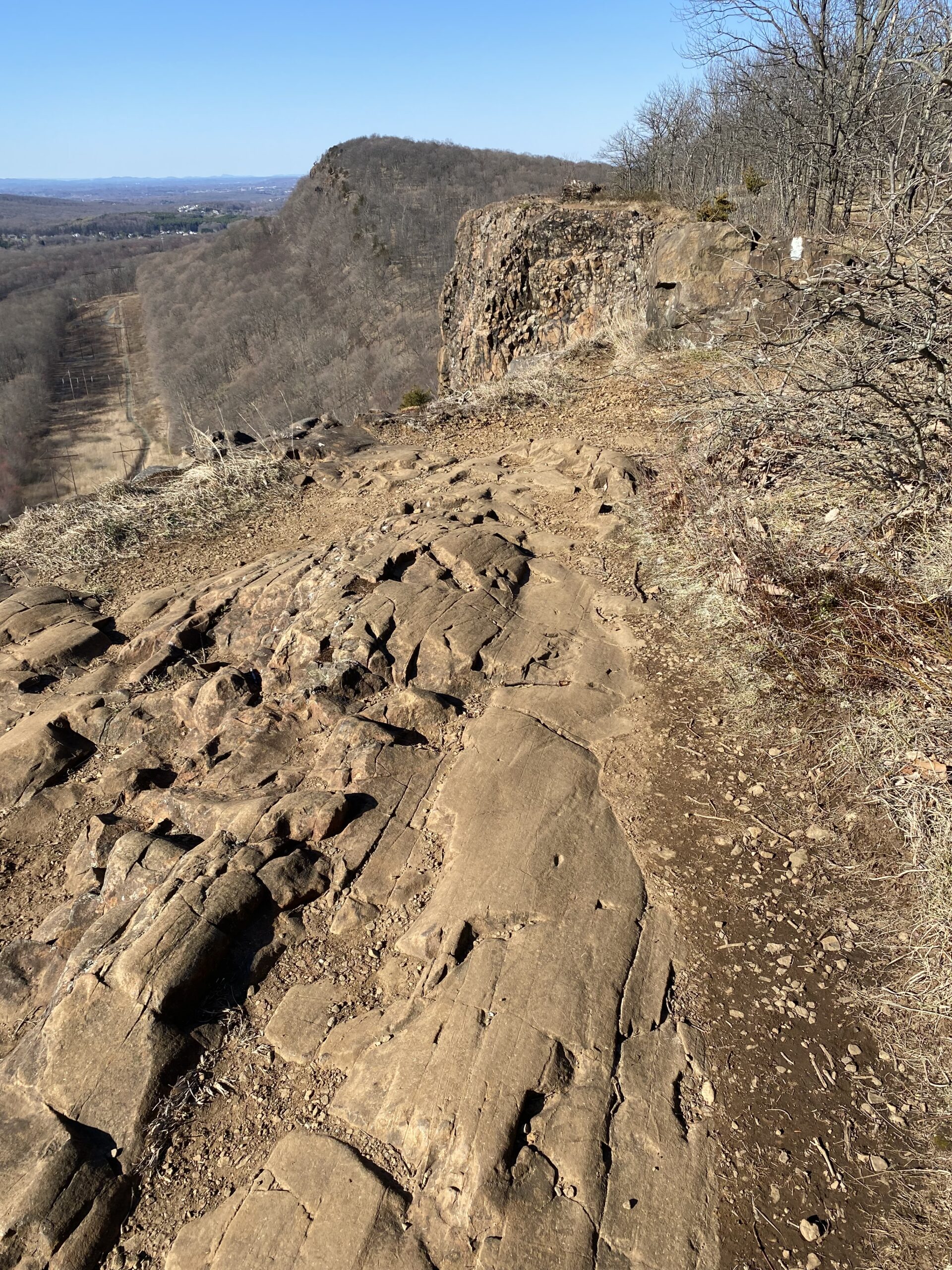
My beloved mountain with glacial grooves and vies. Views. From a hike looking for the natural bridge.
Hills and valleys. Basalt and clay. Rugged rock and landforms taken for granted until going away and roaming the country. One place is not the same as others for access to delicious water, rich soils. Clear cold springs. Fossil trackways and volcanic ribbons of rock. Home again.
Mica. Books of mica.
Thoughts break through the clutter like snowdrops in leaves, crocus spears.
Glittering bits amid shards of chalky feldspar can be seen sprinkled among outcroppings at the well-groomed Quarry Ridge Golf Course in Portland, Connecticut. Earth and rolling hills blanket what was once known as Strickland's Quarry, a fabled destination years ago.
“There is nothing like looking, if you want to find something. You certainly usually find something, if you look, but it is not always quite the something you were after.” – J.R.R. Tolkien
Today, collections of the rich mineral resources once unearthed at the Strickland quarry may be seen at places such as Wesleyan University's Joe Webb Peoples Museum online.
Memories of years long past are of climbing a steep path following my family up to the towering heaps that were mine tailings. It was quite a hike. As a child to find treasures with names such as tourmaline, schist, feldspar, smoky quartz, garnets and crystals created joy that could barely be contained. The olive-green battered canvas rucksack and hammers with pointed ends for digging made the excursion serious stuff. Small chisels split murky-looking rock to reveal fresh surfaces and bright minerals within. Later, we'd perch on a hill and overlook the valley below to feast on ham sandwiches, a pickle, chips – all packed by my mother.
A sturdy and well-paged copy of Rocks and Minerals a Guide to Minerals, Gems and Rocks was brought along to help identify all of what was found. To match up a weighty stone in my hand to an illustration on the page and read about it planted a seed for the love of learning that grown a hundredfold – maybe more – since.
Vai Pure. Keep going.
“The Strickland Quarry is one of the most famous mineral collecting localities in the central Connecticut area. The quarry was first opened prior to 1900 and in 1907 was leased to the Eureka Mica and Mining Co. who operated it steadily until 1937. In 1942 the quarry was reactivated and operations continued until 1950, when all operations ceased. The early mining was primarily for feldspar, but during the 1930's considerable mica was produced. The last phase of activity produced both feldspar and mica and small amounts of beryl,” from Mineral Deposits of the Central Connecticut Pegmatite District by Harold Bannerman, Sidney Quarrier, Richard Schooner.
Here is a page from the past (the mine, obviously, is not operating any longer): “Undoubtedly the best pegmatite locality in Connecticut, from the standpoint of the mineralogist, is Strickland's quarry in Portland. . . . interesting minerals are found only in the largest or main vein. The pegmatite is composed almost entirely of buff microcline and smoky quartz. … Muscovite, which is not abundant, occurs in plates up to 15 centimeters in diameter, nearly all of which show the twinning structure known as feathering,” from an article in The American Mineralogist by Earl V. Shannon, U. S. National Museum.
I have no idea what some of that terminology means, but do recall watching as my father trimmed large sheets of mica for replacing the “glass” in our downstairs metal wood stove, which had a double row of small windows. The transparent mineral looks like flexible glass and I was fascinated that a rock could be peeled and placed to withstand the fierce heat generated and contained in this device.
Years later I learned that the word “isinglass” – as in “The wheels are yellow, the upholstery's brown, The dashboard's genuine leather, with isinglass curtains y' can roll right down, in case there's change in the weather” sung in The Surrey with the Fringe on Top featured in the movie Oklahoma was actually my old friend, mica.
“The Strickland Quarry is debatably the most famous locality in Connecticut. The amount of minerals it produced was impressive, as was the quality of specimens. Strickland lies on the eastern side of Collins Hill in Portland, Connecticut.
“History: The Strickland quarry was operated for high-grade feldspar and from 1904 to 1960s. There is some speculation of the date the operation was started. It is possible that operations began in the 1840's. The owner from 1904 to 1945 was Mr. F. E. Strickland. He collected many interesting specimans from his quarry, and these can be found in some old collections. The nearby Schoonmaker/Cramer Mine, an underground operation, was not connected to the Strickland Quarry. However, Strickland did have some underground workings. The larger northern dumps belonged to the Schoonmaker mine.
“The Strickland Quarry was leased to Eureka Flint & Spar Co., Eureka Mining & Operating Co., or Eureka Mica & Mining Co. The operators after Strickland were George Wilkes, and then William Wilkes. As well as feldspar and mica production, Strickland is noted for beryl, gem, and quartz production. Operations ended in the 1960s.
“While the quarry was owned by Strickland, collectors could work in the dumps. They were allowed to keep anything that wasn't particularly gemmy. These were given to Strickland, and would eventualy be sold. Specimans found while working the quarry were sometimes sold to visitors.”
— from History and Mineralology of the Strickland Quarry (2016) by Rowan Lytle, linked here (the images of specimens, simply amazing).
Garnet is the state mineral of Connecticut.
The state even has an official fossil. Because where (besides the upper Connecticut River Valley in Massachusetts), are these impressions founds in such abundance? For a child growing up, or a curious adult, the region is a feast for curiosity — for those fortunate enough to have memories of those who led frequent outings to parks, the “Peabody” and libraries.
Page through more geological history with author and geologist Jelle Zeilinga deBoer in Stories in Stone: How Geology Influenced Connecticut History and Culture (Wesleyan University Press 2009).
